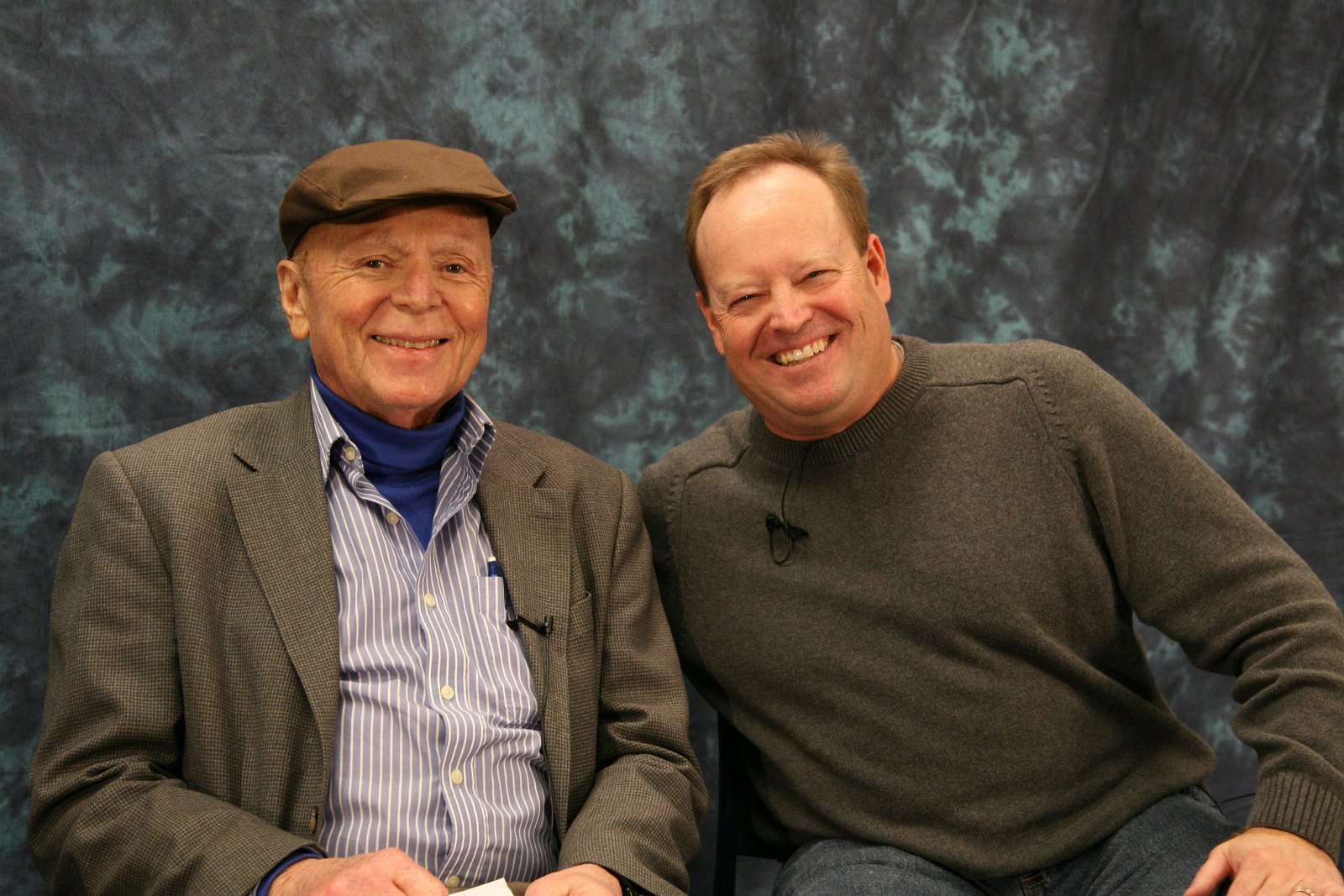Pre-interview tasks
Before the interview can take place a number of things have to happen. The following material presents the current approach to doing these tasks.
Select interviewee
Members of the Selection / Scheduling sub-committee compile a list of possible candidates. The list often contains names of people known by a committee member. After a reasonable list has been created the sub-committee meets to discuss the possible candidates.
The committee than assigns a member to contact the first candidate to see if they are willing to be interviewed. If the answer is no, the next candidate is contacted. This continues until the number of desired candidates has been identified, this could be as many as four.
